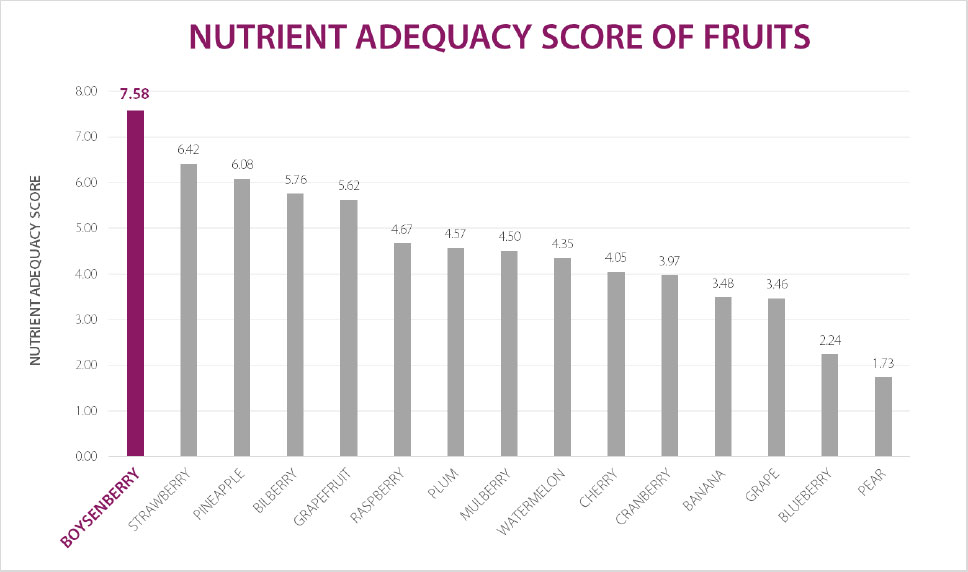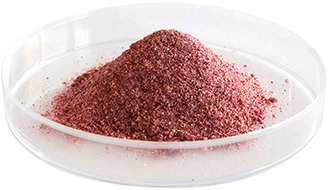Boysenberries are large composite drupelet fruit with large seeds and a dark red colour (from red to black), averaging eight grams, characterized by their soft texture, thin skins, and sweet-tart flavour. They grow on low, trailing plants which require support.
The Boysenberry (Rubus ursinus var loganobaccus cv Boysenberry) is a Rubus hybrid berry and believed to have arisen from a cross between loganberries, raspberries and blackberries in the 1920s in California by Rudolph Boysen, although they were first produced in any quantity and sold to the public by Walter Knott, which made Knott’s Berry Farm famous.
In the 1980s in New Zealand, Hortresearch (now Plant and Food Research Ltd) combined cultivars and germplasm from California with Scottish berry sources to create new thornless varieties.
New Zealand is the world’s largest producer and exporter of Boysenberries.
They are mainly grown in the Nelson-Marlborough region, which has the highest average number of sunlight hours in the entire country. This plus the high UV levels of this part of the southern hemisphere is likely to result in high phenolic levels of the fruit, particularly the anthocyanins which give the fruit its colour.

New Zealand Boysenberry has greater amount of dietary fibre, total phenolic concentrations, total anthocyanin concentration and greater anti-oxidant activity (ORAC) than Chilean Boysenberry (Lister et al., 2008)(figure 1). ORAC stands for oxygen radical absorbing capacity, a measure of total antioxidant activity.

Figure 1. Comparing Boysenberries from New Zealand and Chile.
Boysenberry has greater total phenolics concentration, total anthocyanin concentration and ORAC and FRAP antioxidant activities than blackberry and blueberry (figure 2). FRAP stands for ferric reducing antioxidant power, a different measure of antioxidant activity.

Figure 2. Comparing Boysenberry vs blackberry and blueberry
New Zealand Boysenberry contains high proportion of key nutrients relative to dietary energy. This can be expressed as Nutrient Adequacy score (figure 3). Nutrient Adequacy is a nutrient density rating: how much key nutrients in relation to the dietary energy they provide (Darmon et al., 2005).

Figure 3. New Zealand Boysenberry has a very high nutrient adequacy score compared to other common fruits





